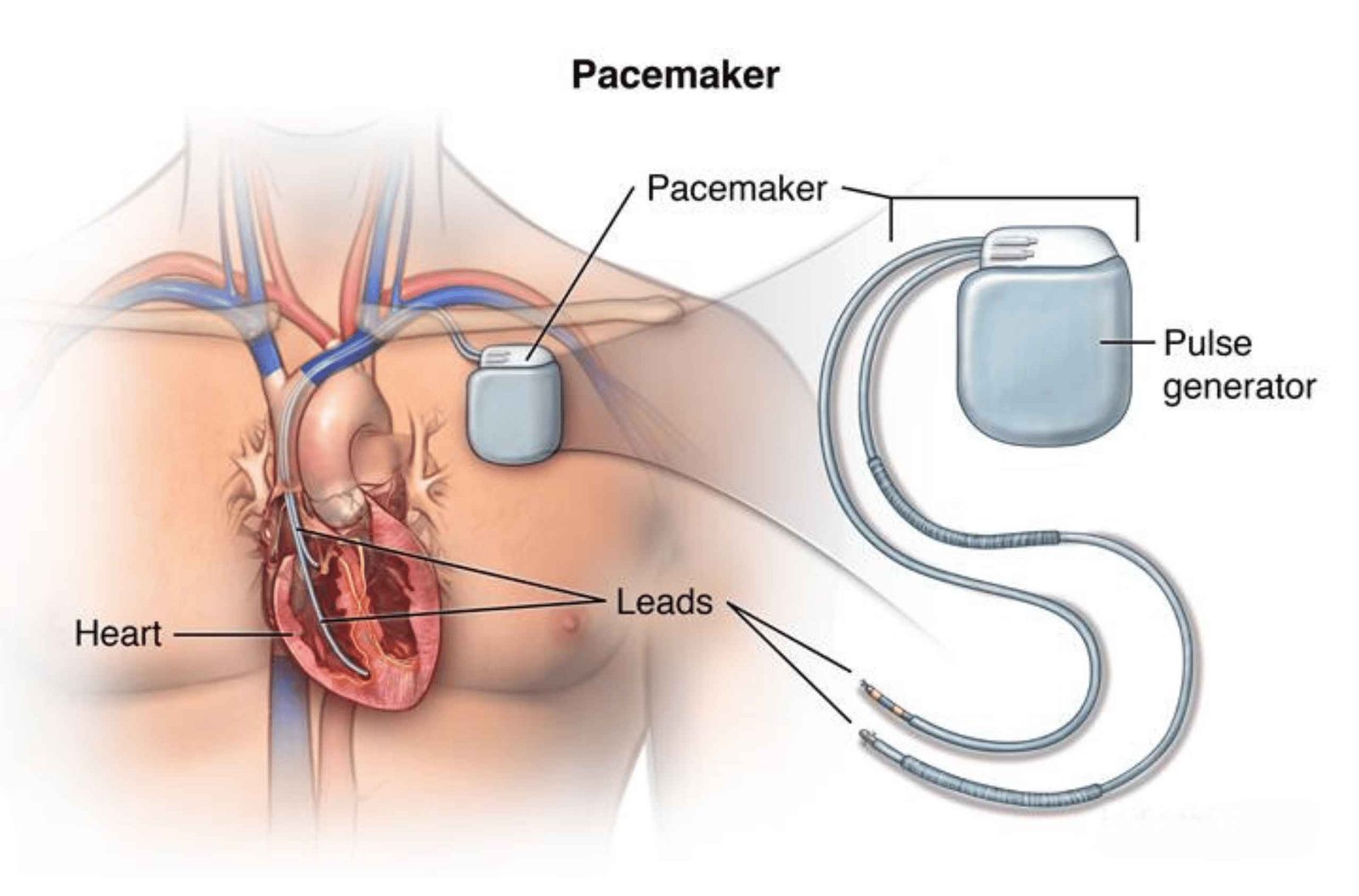
Temporary pacemakers are medical devices used to regulate and stabilize heart rhythms in patients experiencing certain cardiac conditions. They provide electrical impulses to the heart to ensure a steady heartbeat when the heart's own electrical system is unable to function properly. This technology plays a critical role in managing and treating various cardiac emergencies and conditions.
A temporary pacemaker is a small, battery-operated device that delivers electrical impulses to the heart through leads (wires) inserted into a vein, usually the subclavian vein, and guided to the heart under fluoroscopic (X-ray) imaging. Unlike permanent pacemakers, which are surgically implanted for long-term use, temporary pacemakers are used on a short-term basis, often in emergency or critical care settings.
Temporary pacemaker implantation is necessary in the following situations:
The procedure typically involves the following steps:
While temporary pacemaker implantation is generally safe, it carries some risks, including:
After temporary pacemaker implantation, patients are monitored closely to ensure the device functions properly and to watch for any signs of infection or complications. Once the need for temporary pacing support diminishes, the device is carefully removed by healthcare professionals.
Temporary pacemaker implantation is a critical procedure in the management of cardiac rhythm disturbances, providing essential support to stabilize heart function in emergency and post-surgical settings. Under the expert care of healthcare professionals like Dr. Amit, temporary pacemakers play a pivotal role in ensuring patients receive timely and effective cardiac treatment.
Temporary pacemakers are used to stabilize and regulate your heart rate when your heart’s natural electrical system is not functioning properly. This may be due to conditions like bradycardia (slow heart rate) or heart block, or during recovery from cardiac surgery.
The insertion of a temporary pacemaker involves placing one or more leads (thin wires) into a vein, usually the subclavian vein near the collarbone. These leads are then guided to the heart under fluoroscopic (X-ray) guidance. The other end of the leads is connected to the temporary pacemaker device, which is placed externally or internally depending on the procedure.
The procedure is typically performed under local anesthesia, so you may feel some pressure or discomfort at the insertion site, but it should not be painful. Your healthcare team will ensure you are as comfortable as possible during the procedure.
The duration you will need the temporary pacemaker depends on your specific medical condition and how well your heart responds to treatment. It is typically used for a short period until your heart’s rhythm stabilizes, or until a permanent pacemaker can be implanted if necessary.
Yes, you can usually move around carefully with a temporary pacemaker. However, you should avoid sudden movements or activities that could dislodge the leads. Your healthcare team will provide specific instructions on activity restrictions and precautions to follow.
While temporary pacemaker implantation is generally safe, there are risks such as infection at the insertion site, bleeding or bruising, lead displacement requiring repositioning, and rarely, damage to surrounding structures like blood vessels or the heart.
Once your heart’s rhythm has stabilized and the need for temporary pacing support diminishes, the temporary pacemaker will be carefully removed by healthcare professionals. The process is usually straightforward and performed under local anesthesia.
Whether you will need a permanent pacemaker depends on your specific heart condition and how well your heart responds to treatment with the temporary pacemaker. Your healthcare provider will assess your ongoing needs and discuss the potential for a permanent pacemaker if necessary.
After the procedure, you will be closely monitored to ensure the temporary pacemaker is functioning properly and that your heart is responding well to pacing. Your healthcare team will perform regular checks and may conduct tests like electrocardiograms (ECGs) to assess your heart’s condition.
Your ability to resume normal activities will depend on your overall health and the specific instructions provided by your healthcare team. While you may be able to resume some activities, you may need to avoid strenuous or high-impact activities until your heart has fully recovered and your healthcare provider gives you clearance.